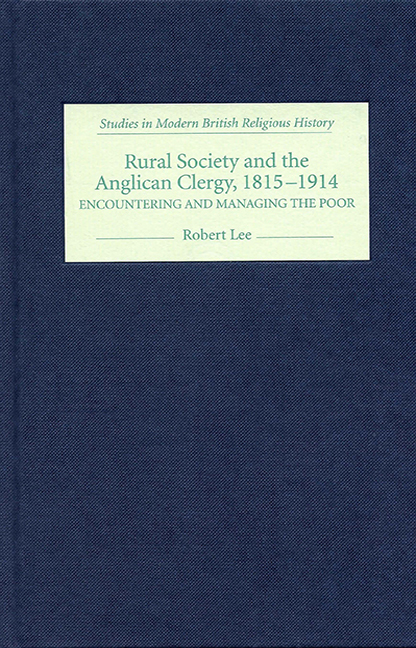Book contents
- Frontmatter
- Contenst
- List of illustrations
- Preface
- List of abbreviations
- Introduction
- Part I Encountering the Poor
- Part II Managing the Poor
- 4 Guardians and trustees: Managing moral and economic behaviour
- 5 Customs in conflict: Managing law and order
- 6 Liberalisation or indoctrination: Managing education
- 7 Networks of authority, influence and power: Managing dissidence
- Conclusion
- Bibliography
- Index
4 - Guardians and trustees: Managing moral and economic behaviour
from Part II - Managing the Poor
Published online by Cambridge University Press: 11 May 2017
- Frontmatter
- Contenst
- List of illustrations
- Preface
- List of abbreviations
- Introduction
- Part I Encountering the Poor
- Part II Managing the Poor
- 4 Guardians and trustees: Managing moral and economic behaviour
- 5 Customs in conflict: Managing law and order
- 6 Liberalisation or indoctrination: Managing education
- 7 Networks of authority, influence and power: Managing dissidence
- Conclusion
- Bibliography
- Index
Summary
Introduction
This chapter considers aspects of nineteenth-century Poor Law and charity administration and examines the ways in which they were dovetailed together – or deliberately kept apart – as means of managing the poor. Four broad areas of social management are discussed:
(i) economic management, by which means parishes and Unions tackled the perennial tension between keeping the destitute alive and keeping poor rates down;
(ii) labour management, and the balance between an agriculturally useful labour ‘pool’ and an economically damaging labour ‘surplus’;
(iii) moral management, which targeted assistance at the ‘deserving poor’, and
(iv) behavioural management, which used poor relief as a disciplinary measure aimed at curbing and punishing outbreaks of social unrest.
Embraced within these broad categories are many issues that loomed large in the lives of agricultural labourers, such as ‘settlement and removal, apprenticeship, illegitimacy, parochial rating and taxation … welfare and unemployment provision’, and much can be inferred from them. But it is worth remembering that to some contemporary observers the issue was very simple. In 1817 the Rev. George Glover of Southrepps observed that society was now divided into two classes, ‘not of rich and poor … but into payers and receivers of parochial aid’, and his analysis would have found acceptance among many, long after the introduction of the New Poor Law.
The 1834 Poor Law Amendment Act represented a significant shift in power from local into centralised hands. While many aspects of this power shift are discussed in this chapter, its central importance resided in the fact that a holistic system of relieving the poor – one that was prepared to embrace a range of parochial resources including poor rates, charities, free-hold lands and commons – had given way to one that was designed to be fiscal and punitive. ‘Pauper palaces’ like that at Rollesby which, since its inception in 1775 had proudly proclaimed its aspirations towards ‘the Instruction of Youth, the Encouragement of Industry, the Relief of Want, the Support of Old Age, and the Comfort and Infirmity and Pain’, now became the places of less eligibility and of last, desperate resort.
How prominent were the clergy in this change and, in the eyes of the poor, how culpable? As early as 1775 the Rev. R. Potter of Scarning was lamenting the drift of Poor Law control away from the clergyman, ‘the natural guardian of the poor’.
- Type
- Chapter
- Information
- Rural Society and the Anglican Clergy, 1815–1914Encountering and Managing the Poor, pp. 77 - 103Publisher: Boydell & BrewerPrint publication year: 2006

